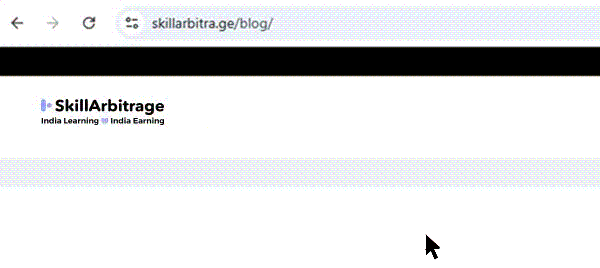This blog will show freelancers, service providers, and business owners 3 ways to create an upsell strategy that customers actually like and say yes to, so that instead of feeling pushed, they feel like you’re helping them get even better results.
Table of Contents
Introduction
You give them your best work. You deliver what you promised. The customer is happy. They say “Thanks, this was amazing.” And then… silence.
You don’t want to sound pushy, so you don’t mention anything else. You don’t offer your next product or service. You just hope they’ll come back on their own. But they don’t.
And that’s the frustrating part. You already have someone who likes you, trusts you, and paid you once. But instead of growing that relationship and increasing their results, it ends right there.
I’ve seen this happen with so many good freelancers, coaches, and business owners. They’re so focused on serving the customer, they forget to guide them to what’s next.
Not because they’re bad at selling. But because no one ever taught them how to upsell in a way that feels good, for them and the customer.
The truth is, a good upsell doesn’t feel like selling. It feels like helping. It’s not about squeezing more money out of people. It’s about showing them the next step that gets them even better results.
If you’ve ever held back from upselling because you didn’t want to sound salesy or if your customers ignore your add-on offers then this blog is for you.
I’m going to show you 3 ways to create an upsell strategy that customers actually appreciate and say yes to. Step by step. No tricks or pressure tactics. Just a clear system that turns happy customers into repeat buyers.
But what does up-selling even mean
You know that when a customer is ready to buy something, they already know what they want to buy. In the modern age of the internet, they would have already researched and decided on the best choice.
But the thing is that they might not be aware of a better variant or option that is better for them than what they are currently going for, as it could help meet their needs much better and perfectly.
For example: Imagine a customer walks into your store to buy a laptop. He chooses a laptop with 256 GB of storage. You ask him what he will be using the laptop for, and the customer says “Photo editing”.
Now you know that for a photo editor, 256 GB storage might be less, so the customer will not have a good experience if they go with this laptop. So what you do is, you tell them that they should go for a higher variant that has 512 GB storage, and the customer AGREES.
With this one single line, you helped the customer have more satisfaction with their purchase as well as made them pay more money, hence increasing your revenue.
And that’s exactly what Up-Selling means – it’s the strategy to make customers go for a higher-tier product, an upgraded version, or an additional feature that provides them better value.
Why is having an up-selling strategy so important?
What I believe is that any business, if it uses a good upselling strategy, can multiply its revenue fast without spending a single extra rupee on ads or lead generation.
The sale has already happened. The customer already trusts you. And that’s exactly when they’re most open to saying yes again, if you know how to offer it right. Here are some reasons why every business owner should start using upselling immediately:
- Upselling will help increase revenue and profits without spending anything extra to acquire new customers, hence you will have a lower CAC.
- It improves the overall experience of the customer by helping them go deeper, get faster results, or solve a bigger version of the same problem they came up with.
- It makes the customer feel more supported because you’re showing them what else they might need instead of leaving them halfway.
- It helps you increase the average order value (AOV) which directly boosts revenue without changing your marketing.
- It builds more trust because if your upsell delivers even more value, they remember you as the brand that truly helped.
- It gives you better margins on each sale, especially if your upsell is digital or service-based, with low delivery costs.
- It turns first-time buyers into repeat customers faster, because now they’ve experienced multiple wins from you, not just one.
Upselling isn’t about being pushy. It’s about making sure your best customers don’t stop short. If you’ve solved one problem for them, and there’s a logical next step, they deserve to know what it is.
And if you do it right, they won’t just say yes. They’ll thank you for it. That’s what a smart upsell does. It makes the second sale feel like progress, not pressure.
This blog is going to walk you through 3 ways to build that kind of upsell strategy, one that feels smooth, valuable, and easy for your customer to say yes to.
3 methods to perform upsells that feel helpful, not pushy
Before we dive in, let’s get one thing clear. This isn’t about tricking people with fake urgency or pushing random add-ons just to make more money. And it’s definitely not about being that annoying seller who turns every sale into a sales pitch.
Our goal here is simply to have an upsell strategy that actually makes the customer feel supported. Like you understood what they needed next before they even asked.
It’s a system you can build step by step. No pressure. No complicated funnels. Just the right offer at the right time so that when you show them the next step, they’re happy to say yes. Ready? Let’s break it down.
1. Focus on the benefits, not the features
This is where most people go wrong when they try to upsell. They start listing all the extra features the higher version has, thinking that it’ll impress the buyer and make them upgrade.
But what actually happens? The customer just says, “Okay, but I don’t really need all that. The one I chose is enough.” Because when you talk only about features, you’re giving the buyer more to think about, but not more reasons to care.
If you want the customer to go for the upgrade, you have to stop talking like a spec sheet. And instead, talk like someone who understands what they really want. That means showing the benefits, not just the features. Here’s how to do that step by step:
a. Understand how the feature actually helps them
Take a piece of paper and write down all the features of the upsell offer. Then, next to each one, write how that feature will directly help the customer. Not what it does, but what it means. For example:
- 50GB storage: You’ll never run out of space for your important files
- Premium leather material: Enjoy long-lasting durability and a sleek, professional look
- Comes with analytics dashboard: Instantly track what’s working so you can make smarter decisions
This shift alone makes the offer more relevant. You’re not just telling them what’s included. You’re telling them why it matters.
b. Tie that benefit to what the customer actually needs
Just stating the benefit isn’t enough. You also have to make it feel personally useful. And for that, you need to first understand what the customer is trying to solve. Ask them, “What are you mainly looking for?” or “What are you hoping this product helps you with?”
And once you know that, frame your upsell in a way that matches their need. For example, instead of saying, “This blender has a 1200-watt motor,” Say, “You’ll be able to crush even the hardest ingredients into smooth, creamy blends.”
Now you’re not selling the feature, but you’re selling the result they care about.
c. Keep the benefit short, clear, and tied to their desired outcome
Don’t over-explain. One clear line per feature is enough if it hits the right emotional note. If it saves time, say that. If it saves effort, say that. If it feels premium, say why it’s worth it. Just connect the dots between what the feature does and what the customer will gain from it.
Because the truth is that most people don’t care about “what it has.” They care about “what it’ll do for them.” And if you can show that clearly, you’ve already taken the first big step toward a successful upsell.
2. The decoy effect
Another simple tactic that I see many big businesses use for up-selling is the decoy effect. It is a simple strategy where you set the prices in a way so that the customers themselves feel the higher-priced item is the better logical deal.
But what is this decoy effect? Let’s take an example of a juice shop where most customers purchase only the small-sized glass. That’s a pain for you because you want them to purchase the larger size, as it will increase your revenue
In this case, you can use the decoy effect to price all 3 sizes in a way that the customer always chooses the one that you want them to choose. Let me show you how it works:
- Basic: Cheapest but limited features (least attractive).
- Premium: Balanced value for a moderate price (ideal choice).
- Elite: High price with minimal extra features (makes Premium look better).
For example, with respect to a juice shop:
- Basic: $5 for an orange juice (100 ml)
- Premium: $8 for a full glass of orange juice with honey extracts (300 ml)
- Elite: $15 for an orange juice with extra sugar, honey extracts, and decorative garnish (350 ml)
Ask yourself which option you would choose. You won’t go with the Basic option, as you can have triple the quantity for just an extra $2, and you won’t go with the Elite option, as you will feel you got ripped off. The best logical choice? Premium option, which is the middle one.
This is how you can set your pricing using The Decoy Effect to make sure that the customer goes with what you want them to go with (every single time). Here is an example of Netflix using the decoy effect:
3. Evoking urgency
Pressuring customers will never be a good approach to Upselling. However, pressurizing is very important, as otherwise, the customer could just think he will buy it later. You need to make the customer buy instantly instead of thinking that way.
But pressurizing the customer could also make you lose sales. What’s the solution? Make them feel they should buy it instantly, all by themselves. Here’s how you can achieve that:
- The discount method
Offer customers a slight discount if they go for an upgraded version, and that too, only if they buy instantly; otherwise, again, they will feel they could buy it later. We need to make them feel they’ll lose the opportunity if they don’t make the decision at the moment. For example:
- SaaS Businesses could say – Upgrade to our annual Premium plan today and save $100 compared to the monthly plan. This offer is only available until midnight!
Real-world example – Adobe offers students and teachers the Creative Cloud annual plan for $19.99/month in the first year, instead of the usual $29.99/month, making it cheaper if they sign up right away.
- Retail/e-commerce businesses could say – Upgrade to our deluxe cookware set today for $50 off and enjoy a lifetime of cooking with durable, professional-grade tools.
Real-world example – Le Creuset offers its 4.5-quart Round Dutch Oven for $246, down from the regular price of $390, during a limited-time sale, making it a great deal for customers who upgrade immediately.
That’s the whole point of this kind of upsell. You’re not forcing the customer, but you’re just giving them a better deal if they’re ready to go all in right now. It feels like a reward, not a push.
And because it’s time-sensitive, it nudges them to decide on the spot instead of postponing it forever. Simple, honest, and it works.
- The long-term method
One of the simplest and most effective ways to upsell is by showing the customer how much they’ll save in the long run if they go for the bigger or longer plan today. People don’t mind spending more if they believe it’s the smarter, more cost-effective option.
So instead of just saying “upgrade now,” explain the actual savings they’ll get by choosing the long-term version instead of the short-term one. Make the numbers obvious. Show them the benefit clearly. For example:
- Physical Product businesses could say – Invest in our premium water purifier and save up to $200 a year on bottled water. Buy now and get a $20 discount this weekend!
Real-world example – Amazon Prime offers a monthly subscription for Rs 299 or an annual plan for $1499, saving subscribers about $2081 per year with the annual option.
- Subscription Businesses could say – Switch to our annual billing cycle today, and you’ll save $120 over the year compared to the monthly plan. Plus, get 10% off your first year when you upgrade by Friday!
This kind of upsell works because it just makes sense. You’re not asking them to spend more, but you’re showing them how to save more by thinking long-term.
When you lay it out clearly, most customers realise the smarter choice is to upgrade now instead of paying more later. No hype. Just logic that feels like a win.
Until now, you’d have prepared your up-selling strategy, but the last and final problem that you might face will be how to know if it’s working for you or not.
“Okay, it works for everyone. Okay, I prepared my own strategy. Okay, I have started up-selling. But how will I know how much of an advantage I’m making by doing this?”
Measuring the success of your up-selling strategy
How will you know if your cross-selling and up-selling strategy is working or not? Well, it’s very important to measure your success because without measuring, you will never know where to improve or how much extra revenue you’re getting.
So to measure your success in up-selling, there are a few data points that you need to track and keep an eye on regularly:
- Conversion rate
Conversion rate shows the percentage of people who accepted your up-sell offer and completed the purchase out of all those whom you offered.
If your conversion rate is high and keeps rising, it shows that your up-selling strategy is working, while if it’s down, then that means it needs improvement.
- Average order value
Average order value (AOV) is the average amount that an individual customer spends on your product/service per order. In simple words, it is average revenue per customer. The simple formula to calculate AOV is Total revenue / Number of orders.
The higher your AOV is, the better it is, as it shows customers are now spending more and more on products and services that you sell.
But if you have a lower AOV, then it means customers are not willing to spend more. So the easiest way to fix it is to make the up-sell recommendations better and more relevant.
- Customer feedback
The last data point that you can use is very simple, and known as Customer Feedback. This is the best way to understand directly from the customer’s perspective if your recommendations felt helpful or pushy.
You can take surveys and also conduct direct interviews to understand customers’ perspectives and take their honest feedback. If you get a lot of negative feedback, simply ask what the problem is and consider it as a pain point you should solve.
At the end of the day, you can’t improve what you don’t track. If your upsell strategy is working, the data will show it. And if it’s not, the numbers will tell you exactly where to look.
So don’t just rely on gut feeling, but let your conversion rate, AOV, and customer feedback guide the way. That’s how you turn upselling from a one-time trick into a repeatable growth system that actually gets better over time.
Conclusion
Most people think upselling is just about squeezing more money out of a customer, but now you know better. If your upsell doesn’t feel like a helpful next step, it’s just an interruption. And that’s why most people ignore it.
But when you do it right, when you time it well, make it relevant, and keep it easy to say yes to, it stops feeling like a sale. It feels like support. It builds trust, boosts results, and grows your revenue without burning your customers’ goodwill.
You don’t need to be pushy. You don’t need 10 different offers. You just need to understand what your customer needs next and show it to them clearly, confidently, and at the right moment.
I’ve just given you three simple methods to create upsells that actually feel good for both sides and get real results. So now it’s your turn. Don’t just hope they buy more. Make it easier for them to say yes.
Apply what you’ve learned here, and start turning one-time buyers into happy repeat customers, one upgrade, one offer, one win at a time.
Frequently asked questions (FAQs)
- What if I don’t have any expensive products to upsell to?
You don’t need to offer something expensive. An upsell doesn’t have to be a ₹10,000 upgrade. It can be a ₹499 add-on that improves the main purchase. The goal isn’t price but it’s relevance. Even a small upsell can work if it solves a related problem or makes the customer’s life easier.
- How soon should I show the upsell after the first purchase?
As soon as the customer feels happy with what they just got. For some businesses, that means showing it right after checkout. For others, it might be a few days later. But don’t wait too long because the longer you delay, the colder the buyer gets. Strike while trust and momentum are still high.
- What if I upsell and the customer says no… will it ruin the relationship?
Only if you push it after they’ve already said no. A well-placed upsell that gets rejected once is not a big deal. They’ll still respect you if you offer something useful. Just don’t keep pushing it every two days. Keep the door open, but move on if they’re not ready.
- How many upsells should I offer at once?
Keep it simple. One upsell at a time. If you show them too many choices, they’ll either get confused or overwhelmed and end up saying no to everything. Your best shot is one clear offer that feels like the obvious next step.
- I’m worried about sounding salesy. How do I keep my upsell feeling natural?
Don’t pitch it like a promotion. Offer it like a suggestion. Use language like “This might help you…” or “Most of our customers who got X also found Y useful…” It should feel like a recommendation from someone who’s trying to help, not a salesperson trying to squeeze more out of them.

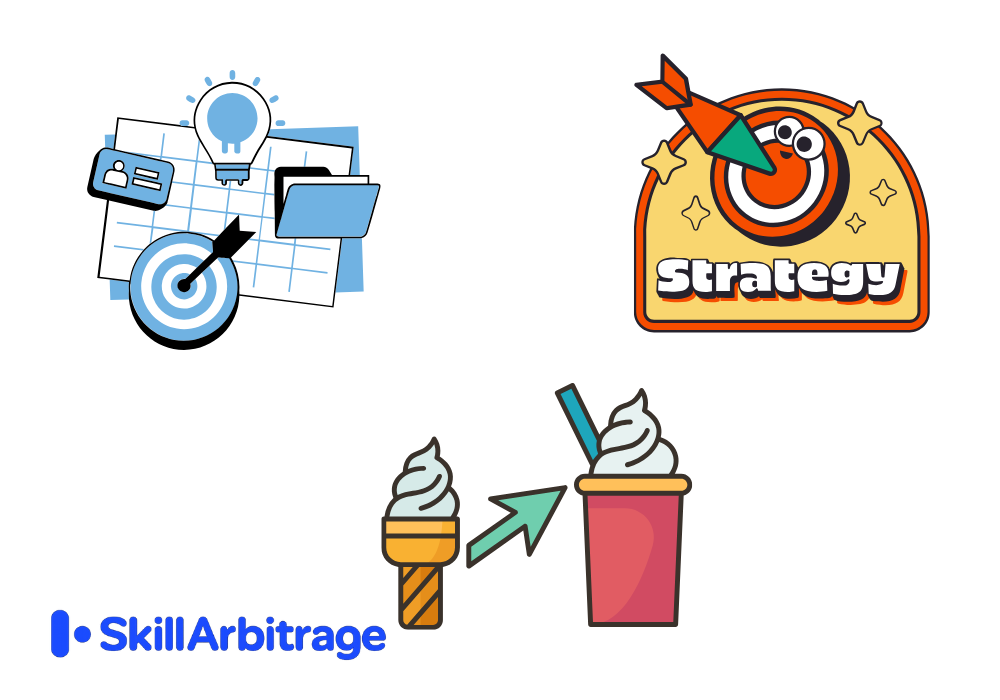
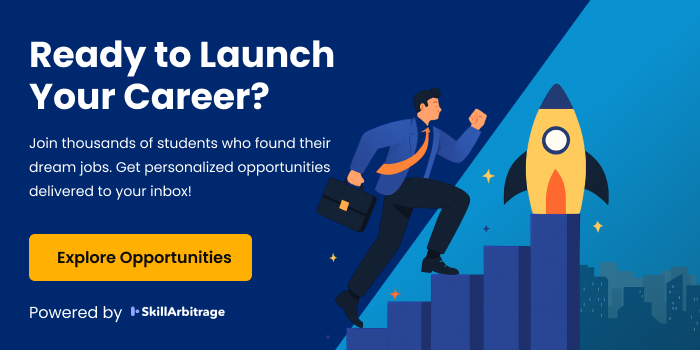
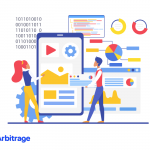
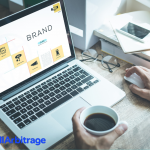


 Allow notifications
Allow notifications